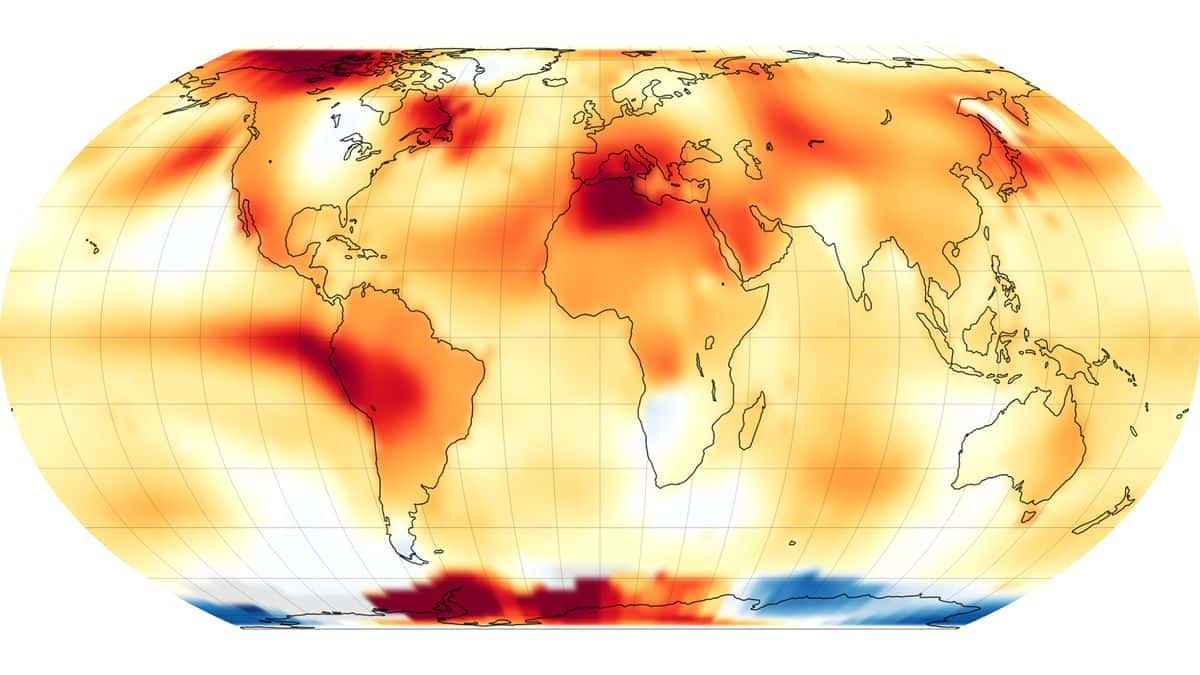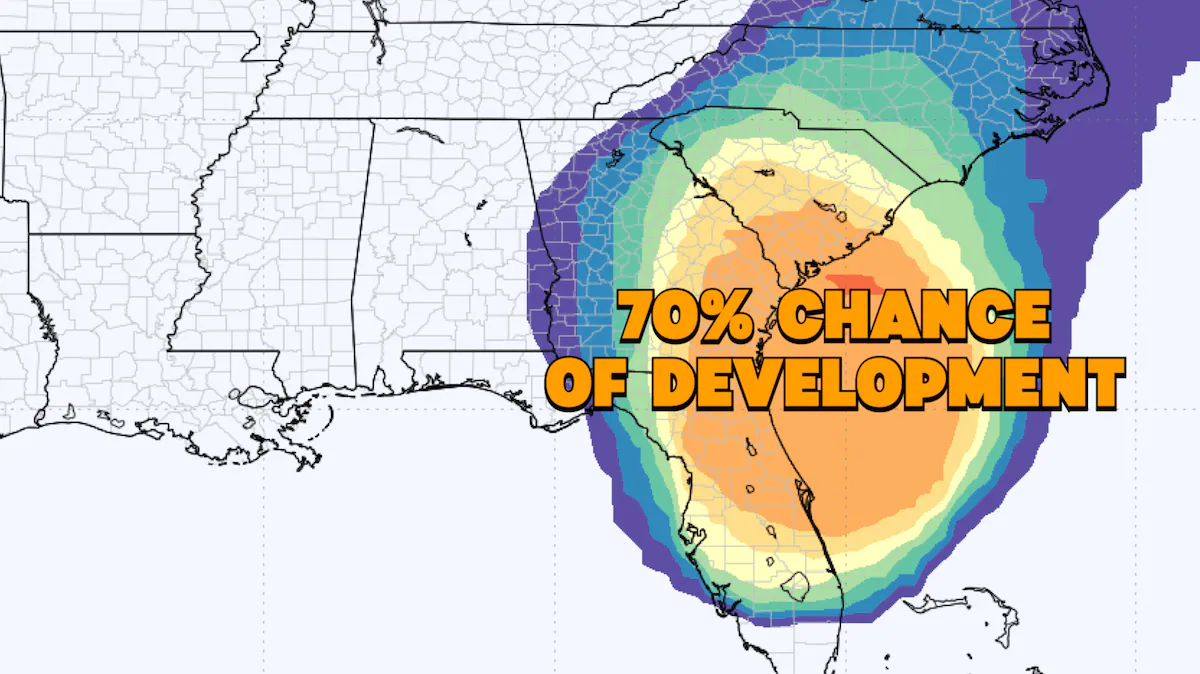This unprecedented warmth was observed in both the Northern and Southern Hemispheres by the National Aeronautics and Space Administration, making it the warmest summer in the North and the warmest winter in the South.

The National Aeronautics and Space Administration (NASA) and the National Oceanic and Atmospheric Administration (NOAA) jointly reported that the Earth experienced its hottest June-August period on record this year
This exceptional heatwave had widespread impacts, intensifying devastating wildfires in Canada and Hawaii, and causing severe heatwaves in various regions including South America, Japan, Europe, and the U.S. Moreover, it likely contributed to heavy rainfall in Italy, Greece, and Central Europe.
August also marked another record-warm month for the planet, according to NOAA. The agency’s Chief Scientist, Sarah Kapnick, emphasized that this is the 45th consecutive August and the 534th consecutive month with temperatures surpassing the 20th-century average. She noted that factors like global marine heatwaves and a growing El Niño are contributing to this year’s warming trends. The National Aeronautics and Space Administration’s Administrator Bill Nelson highlighted the tangible consequences of these record temperatures, pointing to events like extreme flooding, wildfires, and sweltering conditions.
Climate scientists define summer as the three hottest months of the year: June, July, and August
NOAA’s temperature records extend back 174 years, while the National Aeronautics and Space Administration’s records span 143 years. The warming trend has been further accelerated by exceptionally high sea surface temperatures, largely driven by the return of El Niño, as explained by the National Aeronautics and Space Administration’s climate scientist and oceanographer, Josh Willis.
August also saw a significant decline in global sea ice extent, reaching a record low according to NOAA. This reduction, about 550,000 square miles less than the previous record set in 2019, was particularly pronounced in Antarctica. Furthermore, North America and the Arctic experienced their warmest summer on record, while Asia, Africa, and South America also recorded their warmest June-August periods. Oceania documented its warmest winter.
Gavin Schmidt, the National Aeronautics and Space Administration climate scientist, underlined the undeniable reality of climate change and warned of even graver consequences if greenhouse gas emissions continue. The global surface temperature for June-August was 2.07 degrees above the 20th-century average, surpassing the previous record by 0.43 degrees. The Northern Hemisphere summer temperature exceeded the average by 2.59 degrees, while the Southern Hemisphere winter temperature was 1.53 degrees higher than average. This August also registered the highest percentage (almost 13%) of the world’s surface covered by record-warm temperatures since data collection began in 1951. Lastly, NOAA’s 174-year record noted that August had the highest monthly sea-surface temperature anomaly at 1.85 degrees.




